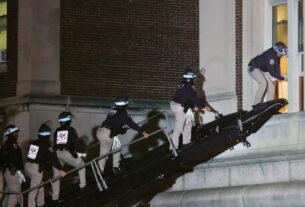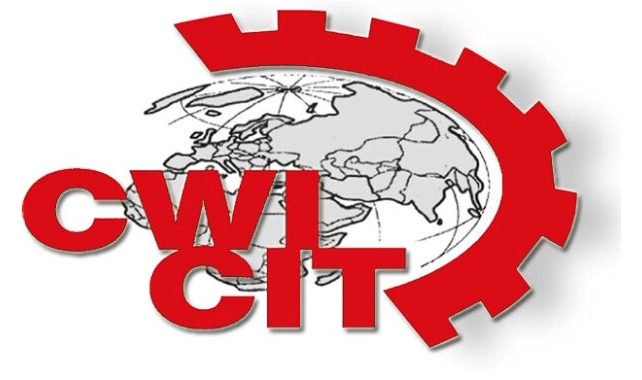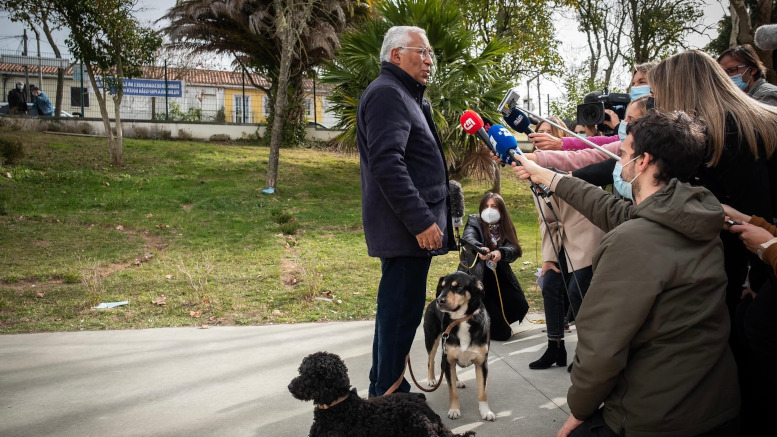Interview with Hidouri Abdessalem, member of the regional UGTT office for secondary education, Sidi Bouzid from CWI Tunisia.

Since the assassination of Mohamed Brahmi, an unprecedented wave of protests against the regime of Ennahda has shaken Tunisia. What is your balance sheet of these protests?
The protests against the regime of Ennahda, triggered by the assassination of Mohamed Brahmi, and of Chokri Belaid before him, expressed a wider renewal of the revolutionary process, aimed at the fall of the government of the ’Troika’ and the fall of the system. But given the lack of a clear program and a sufficiently influential revolutionary group, these mobilizations were manipulated by the national bureaucracy of the UGTT, by liberal political parties and by the opportunist leaders of the left parties, with the aim of overcoming the crisis by the tool of ‘national dialogue’, without pushing these mobilizations to their real objectives: the fall of the system.In the name of unity in the fight against Islamists, the leadership of the Popular Front has joined ’Nidaa Tounes’ (a party in which many forces of the old state apparatus and the old regime have sought refuge) and other political forces in the ’National Salvation Front’. What do you think of this alliance and what implications does it have for the struggle of the masses?
The current political scene in Tunisia is characterized by a kind of ‘tri-polarization’: the pole with the reactionary Islamists from Ennahda and its allies, the liberal centre of the old regime, headed by the ’Nidaa Tounes’ party, grouped under the leadership of Caid Essebsi, and, as a counterweight to these two poles, the Popular Front and the UGTT. But after the assassination of Chokri Belaid, the situation started to change: the so-called ‘democratic’ and ‘modernist’ forces have banded together against violence and terrorism (in a so-called ‘Congress of Salvation’); this step marked the beginning of the political deadlock for the Popular Front, as its leadership began a more open alliance with the enemies of the working class and the oppressed people, i.e. with the old guard of the former regime of Ben Ali. The latter, no doubt, is ready for compromise with the Islamists as far as the political and economic choices of the country are concerned. As a result, the mass struggle has been manipulated and constrained by the leadership of the Popular Front and the UGTT, according to the rhythm of the ‘national dialogue’, and the interests of its various parties and their political agendas.In late July, it was reported that in the governorate of Sidi Bouzid local forms of dual power were established, taking the management of local affairs out of the hands of Ennahda. What is the situation today?
We can say that in the interior regions, there is a certain political vacuum in services, administration and security. In revolutionary moments, the mobilizations have raised the slogan of self-management, and in Sidi Bouzid we have tried to build a revolutionary counter-power, through the regional and local communities. But faced with brutal police repression, the lack of support and adoption of such initiatives on a national scale, we were not able to get rid for good of the regional authorities of Sidi Bouzid. From the beginning, the position of the national leadership of the UGTT was against dual power because it obstructs the ‘dialogue’ and ‘compromise’ with the regime, towards which this leadership is pushing at all costs.Can you explain what happened on 23 October and on the following days?
23 October, according to the Troika, was the date of the successful transition to democracy; but according to the other parties and especially for the majority of the Tunisian people, it is a date marking failure. Hence the massive protests that flared up once again against Ennahda, and also against Islamist terrorists. But once again, the mobilization of 23 and 24 October against the Troika has been manipulated by the political parties to improve their positions in the national dialogue, and not for the fall of the system and the government which the Tunisian people were demanding.What do you think is the reality of the Salafist and Jihadist danger in the current situation? What is the relationship of these groups with the ruling party? How should revolutionaries deal with such a situation?
When we speak of a political Islamist pole, we talk of a global network, articulated with some major powers and the interests of global capital, so I do not think we can draw a rigid barrier between the jihadis and Ennahda, or with the Salafist party ‘Ettahrir’. The Salafists are widely regarded as militias used by the current rulers, who practice violence, sometimes with watchwords coming directly from Ennahda headquarters, against activists and trade unionists… Ennahda’s goal has been to try and stay in power with the help of these militias. Faced with this situation, I believe, once again, that the revolutionary forces must get organized, to continue the revolutionary process in the interior regions and elsewhere. In the absence of large tools and resources, this task is difficult, but not impossible.What are, in your opinion, the strengths and limits of the role of the UGTT in the current crisis?
On the one hand, the leadership of the UGTT has played a sort of backup role for virtually all the transitional governments since 14 January 2011 up to 23 October 2013, and among others through the recent initiative of the national dialogue. Currently, it is also in directly compromising with the bosses’ federation (UTICA). On the other hand, at the grassroots level of the union, the union activists are trying to continue the revolutionary process.What do you think are the initiatives to be undertaken now for the continuation and success of the revolution in Tunisia?
What is happening in Tunisia and the Arab world is an ongoing revolutionary process, highlighting the need for a socialist horizon against capitalism and the Israeli regime, but now there is in this process a certain paradox: the “true revolutionary builders”, the living forces of the revolutionary process, are marginalized from the political arena, while the counter-revolutionary forces are striving to divert this very same process, so we are facing a ’revolution betrayed’. Initiatives to be undertaken now for the continuation and success of the revolutionary movement in Tunisia must be to continue the struggle while building guarantees about the revolutionary tools, program and party necessary. In practical terms we have to build local and regional committees everywhere for this fight.What lessons / advice would you give to socialist activists, trade unionists, revolutionaries struggling against capitalism in their countries?
The lessons and tips we can draw from the revolutionary process from my point of view are:- To consciously target power from the start of the process, and fight on the basis of well-defined revolutionary tasks. Many left forces have not targeted power in Tunis but have instead pushed for reforming the existing system. This does not work.
- To unite the revolutionary forces against our enemies and create fighting organizations, with means going beyond theory towards practice, that is to say, being able to act on the ground day and night.
- To transform the conflict with the enemy also on the public domain and in the mass media, to turn public opinion against the class enemies
- To find a network of struggle capable of assisting the protests by going outside the national framework towards the international one.



